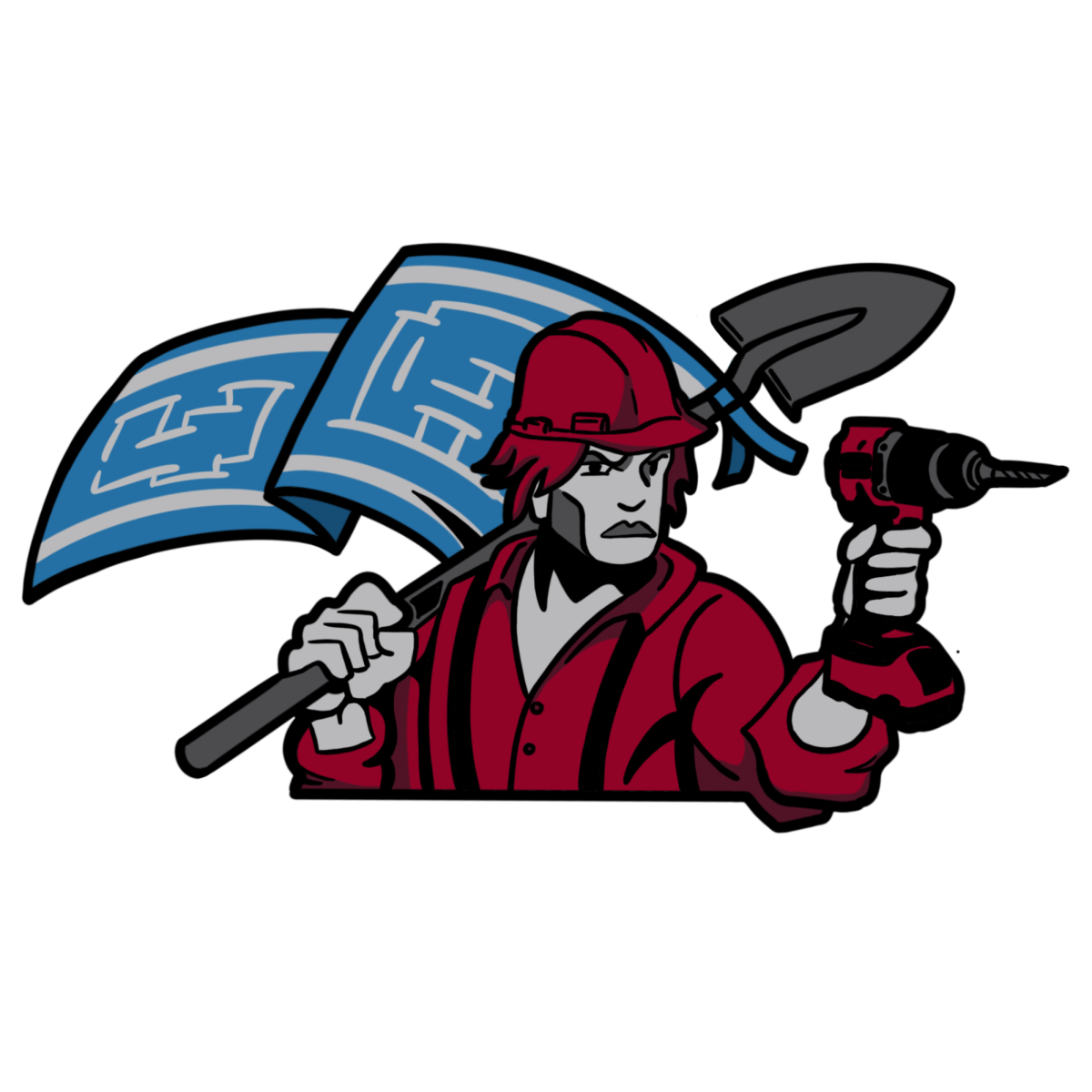Colgate University has fallen victim to the same plague that has long haunted places of higher education — the endless construction project. It’s a little hard to feel like you live on one of the prettiest campuses in America when your view of the autumn leaves is obscured by black exhaust from a backhoe and your parking spot is now staff-only; it’s a little hard to care that this project will “better connect the upper and middle areas of campus” when currently it adds five minutes to your walk between classes. Indeed, most — if not all — current students at Colgate will never physically see the Third-Century Plan vision to “complete our campus” until well after graduation.
Now, I’m not here to whine about the Third-Century Plan. It’s an exciting and thoughtful project that will undoubtedly have benefits for both future generations of Colgate students and alumni; Bernstein Hall and Olin Hall ended up great, and I think we can all agree that giving Broad Street houses a facelift is a smart move. But the continuing success of the plan hasn’t yet stopped the discontented mutterings about the inconvenience and unsightliness of construction, so the question remains: how do we invest in our future without it coming at the expense of our present?
To answer this question, we have to start in the past. Howard D. Williams’ 1969 book, “A History of Colgate University 1819-1969,” offers an interesting narrative. It’s a familiar story: Colgate was founded in 1819 as the Baptist Education Society of the State of New York. The institution occupied a building in town known as “the brick academy” before the nearby construction by the villagers of Hamilton of “the stone academy” in 1822. In 1826, the farm that constituted a large part of what is now Colgate’s campus was purchased, and thus “the Hill” was born. This presented a problem that all Colgate students have had to reckon with at some point — the distance from the Hill to the town center. Thus the construction of the Western Edifice, now known as West Hall, was undertaken on the Hill primarily by students and faculty. The building was subsequently finished in 1827, only a year later and indeed a year ahead of schedule (take notes, Peter’s Glen). Not only did the construction of this hall establish the Hill as the “nucleus of the Colgate campus,” but it also marked the beginning of a long tradition of students physically helping to shape their campus.
In 1827, likely partially in response to the enjoyment of manual labor projects such as the construction of West, the Philoponian (labor-loving) Society was formed by students on the basis that “a suitable portion of exercise, is desperately necessary, to preserve the health of students and keep their minds vigorous and active.” The majority of Colgate students joined within the year. Though the Society eventually faltered, from that point onwards physical education quickly became a foundational part of the Colgate experience. In 1883, the designer of Central Park in New York City, Frederick Law Olmsted, came to help lay out improvements to the campus, and in executing these improvements “students organized by classes contributed a good deal of the labor.” Manual labor had, in a way, entered the curriculum.
Today, at Colgate, every student, aside from junior transfer students, is required to complete two units of physical education, and many struggle to find something that suits their interests. Every spring, members of the senior class scrambles to take yoga classes or join book clubs to ensure they can graduate on time. As all of this happens, students grumble about having to circumvent construction sites and mutter that the Third-Century Plan will be great for Colgate — after they graduate. Maybe it’s just because I voluntarily read a history book, which I think makes me an old man, but my unpopular opinion is that manual labor would serve Colgate well as an option for a PE course.
Not only would construction or landscaping be an interesting way to earn a PE credit, but I’d argue that the experience would develop confidence and humility, which is the twelfth goal of a Colgate education. Future homeowners will feel confident when digging up that stump in the front lawn instead of hiring someone; future businessmen will remember the calluses on their palms and decide to look out for their employees. But perhaps more importantly than that, I believe that giving students a way to directly engage in the development of this institution would help bolster Colgate’s sense of community, give students a sense of ownership and responsibility over this beautiful campus as well as help Colgate go into the future with a sense of character and spirit.
Manual labor may not be the solution. But between all the clubs, organizations and commons on campus, it can be easy to forget that we are all out here together. I happen to think that digging a ditch would help remind us.















